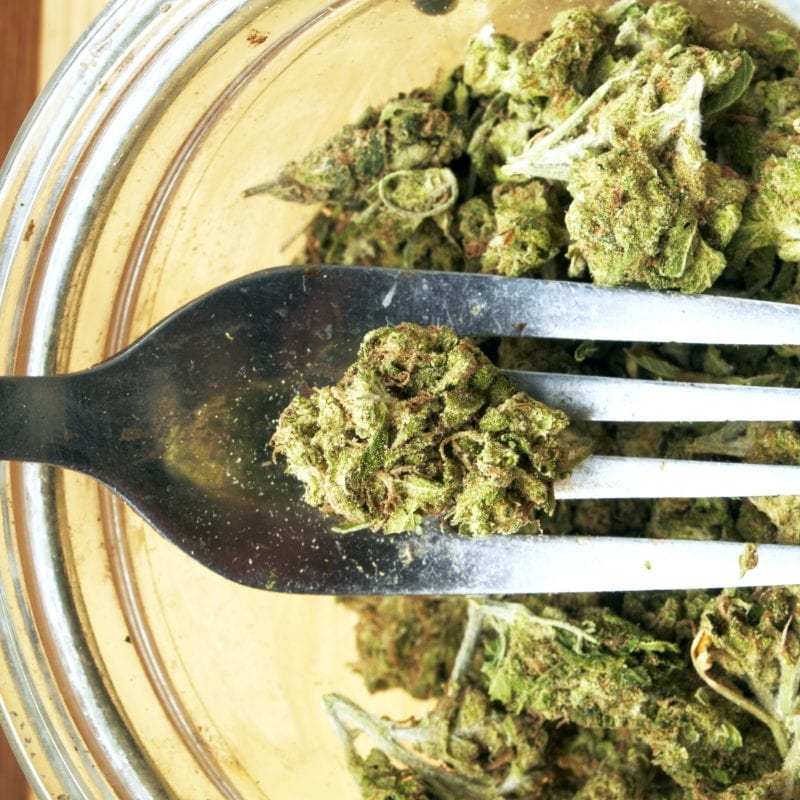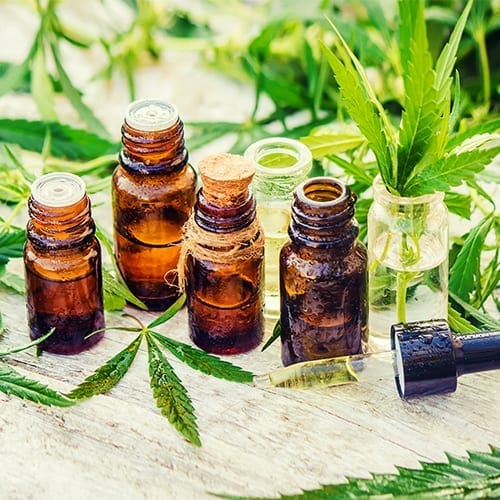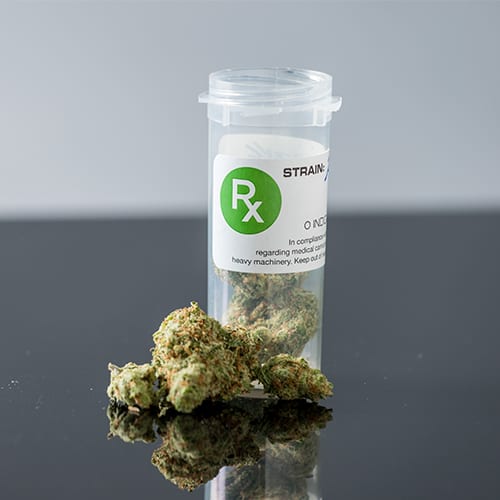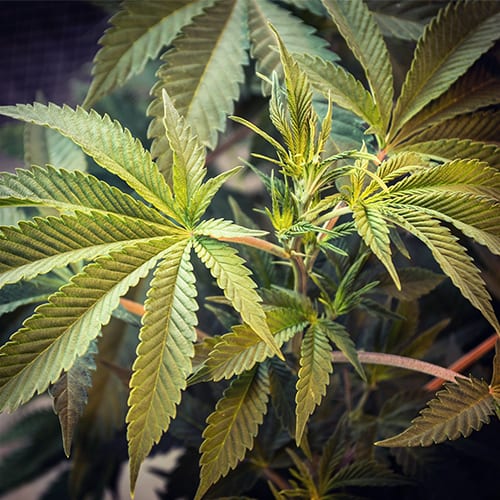
Most cannabis users know that eating your weed, via edibles, gives slightly different effects. Well, they are generally the same effects, but they last longer and are often more intense. But why would the same drug affect us differently?
The answers are not entirely unknown. Let us take a journey with this delectable molecule through our digestive tract and see what happens.
First, I want to make clear the conditions that are required for both smoking and eating. Remember that thing called decarboxylation? THCA, the fresh plant molecule, needs to be activated to THC before use. This is why we cannot get high from eating uncooked weed, it needs to be prepared.
That’s why we often find cannabutter or coconut oil infused with THC. There are two reasons these products are made. First, THC is produced after THCA is treated with heat, thus the reason for cooking it. Second, THC is soluble in fat, due to its fatty tail and rings, which is why it is cooked into oils and not aqueous solutions, like a broth. Once the THC is activated and in the oil, it is ready to do its job, but we often prefer it prepared in dishes or sweets.
Alright, shall we begin our adventure?
Edibles diverge from smoking right off the bat, since they are swallowed down the esophagus, as opposed to being inhaled down the larynx. Due to it going to our stomachs, THC does not get absorbed into the blood right away. The edible is first digested in the stomach, where the edible is broken down into its components: THC, carbs and sugars. THC is then absorbed via the lumen (intestinal lining) and taken to the liver for metabolic processing.
Think of metabolic processing as a security check. Instead of taking the express lane (blood) from the lungs, the THC from edibles must wait in line, fill out paperwork and get its passport stamped. During this process, giant molecular machines, or the counter clerks in our scenario, stamp the molecule and transform it into 11-Hydroxy-THC (11-OH-THC).
Let’s take a step back and see what we have learned so far. Smoking takes THC directly to the lungs, where the THC enters the blood, and is taken on a fast track to the brain. THC in edibles must endure the long travel to the liver, where the security check has to clear it for entry. This takes time, and thus the reason edibles take a while to kick in. But there is an even larger difference here. We no longer have THC, we have 11-OH-THC.
All of this waiting is not for nothing, because 11-OH-THC is like a super THC, shown to be a more potent metabolite (flavor) of the cannabinoid in a clinical study, published in the Journal of Clinical Investigations. This means that when the raging crowd of 11-OH-THC comes at the brain, it hits hard. So now we have this hyper-potent THC molecule chilling in our brain in a much larger quantity than regular THC.
Unfortunately, this is where the picture starts to get fuzzy. We don’t know how 11-OH-THC affects the brain differently.
Since the effects are approximately the same, but intensified, it would be reasonable to assume it is binding to the same receptors. But we are unsure as to the differential effects of THC versus 11-OH-THC. Perhaps, the later is more difficult to clear out, or maybe it binds to the receptor longer.
These questions can only be answered by the inquiring minds of scientists. Thanks to our country’s increasing approval for the plant, more funding will be available for future research. Until then, continue to enjoy the plant and all it has to offer!





